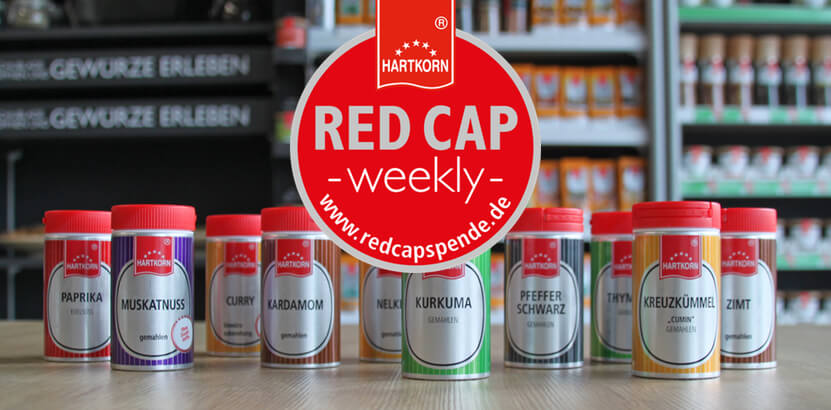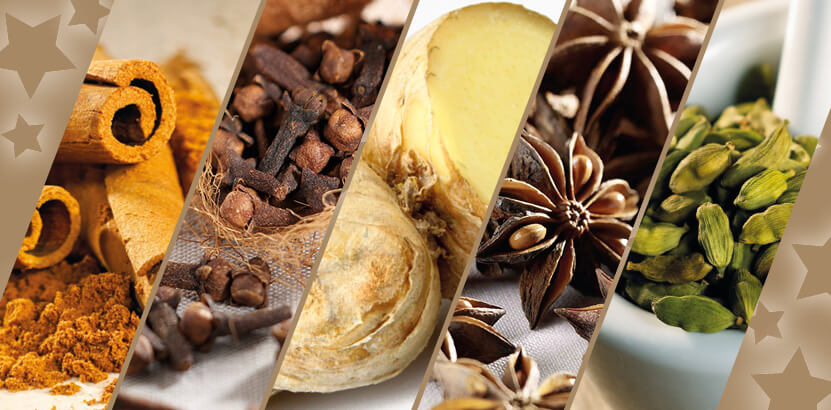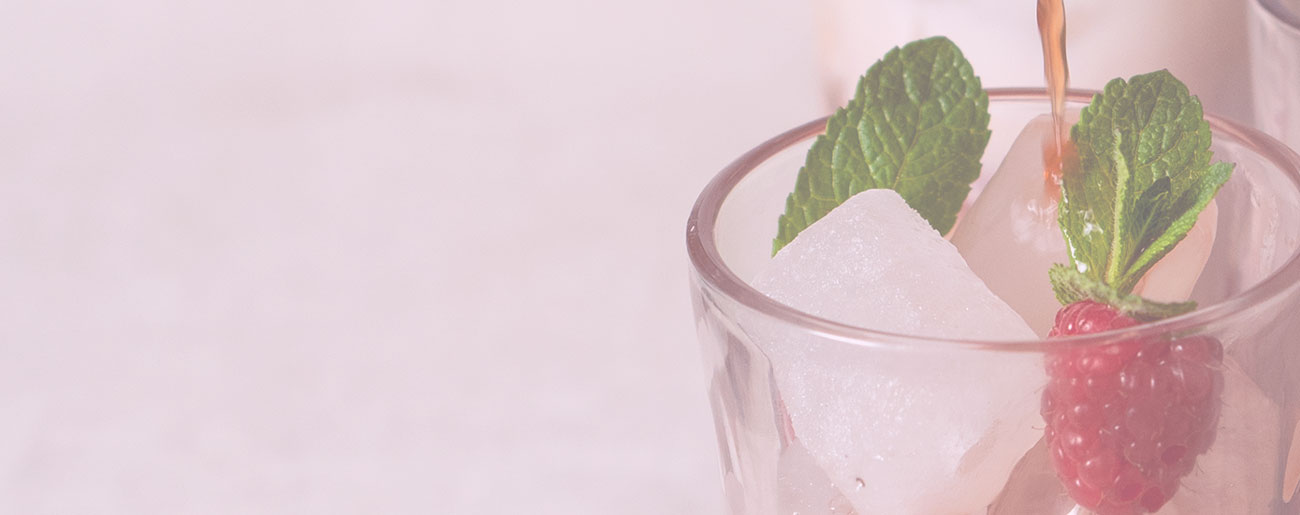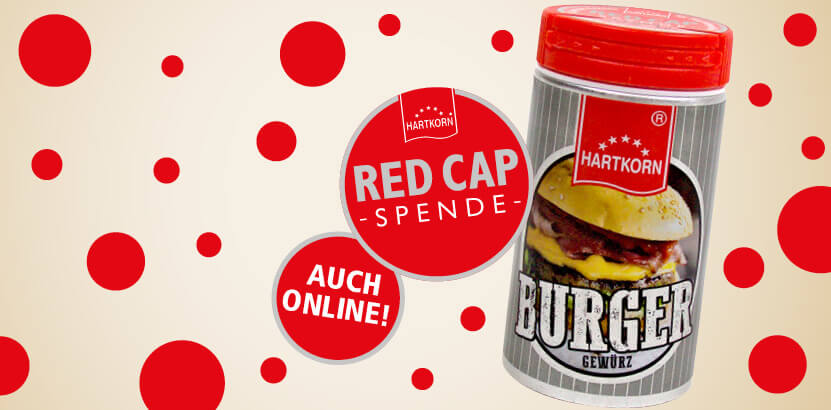synonyms: botanical family: origin: Classification>/strong>: spice shape: taste odour: use: The vanilla "pods", as the fruit capsules are often wrongly called, have an inimitably delicate and pleasantly aromatic scent, they taste characteristically sweet and spicy. They are best stored in tightly sealed containers (e.g. corked glass tubes). Vanilla is used to flavour bakery products, desserts, drinks, sweet sauces and for the preparation of ice cream. Besides the beverage and perfume industry, the chocolate industry is the largest consumer of real vanilla. tip: Recipe suggestion: knowledge: Botany: Home & Distribution: cultivation & extraction: History: Vanilla
General information
Use
Things to know
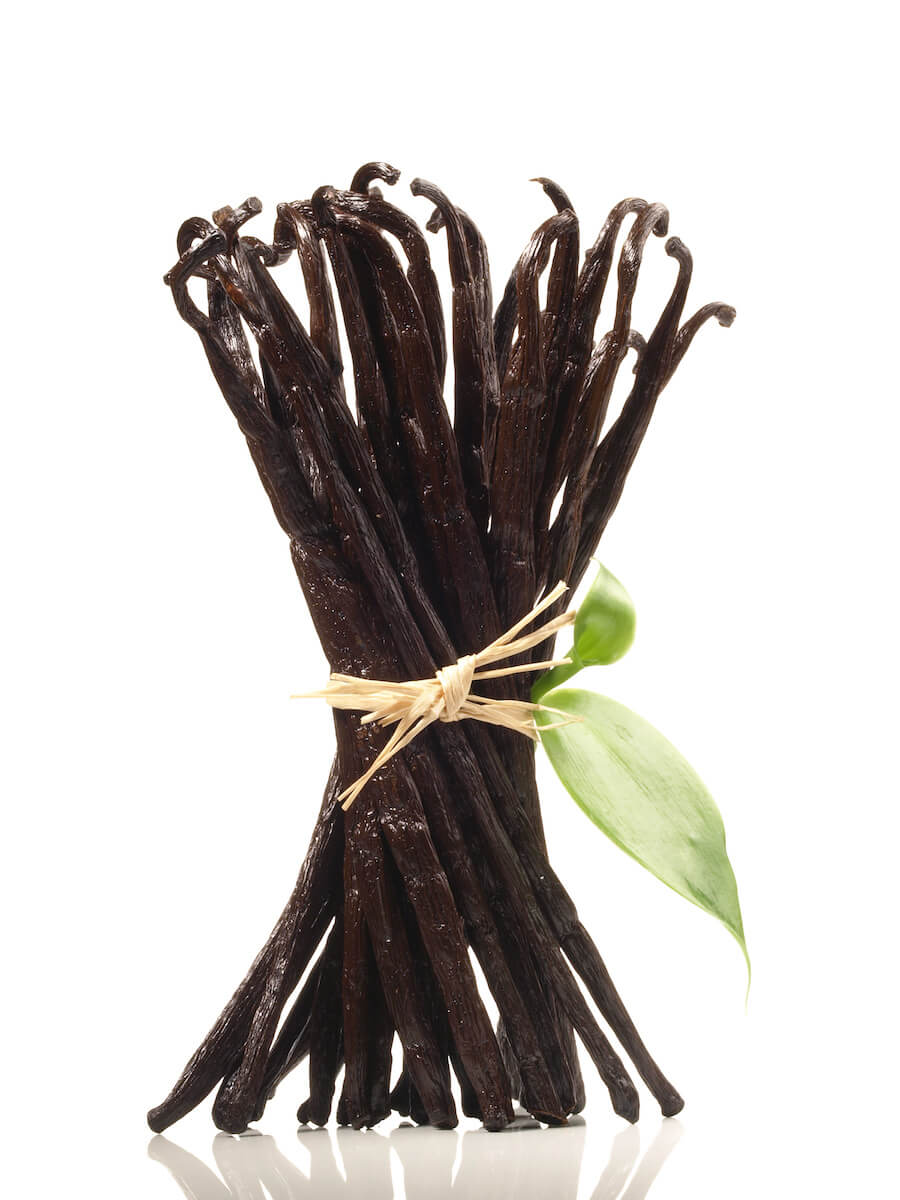 Botanical name:
Botanical name:
Vanilla planifolia ANDR.
vanilla pod, vanilla pod
orchid family
Madagascar, Indonesia, Comoros, Tonga, Réunion, Mexico
Spice
fruit
strong spicy, vanilla-like
flowery, vanilla
bakery products, desserts, sauces, yoghurt, ice cream, dairy products, rice, sweet soups, fruit desserts, jam, punch
With cooked food the whole pod is cut open and cooked along with the food
Vanilla sauce: Bring 150 ml of milk and 150 ml of double cream with 1 sliced vanilla pod to the boil and leave to rest for 10 minutes. Then beat 3 egg yolks, 1 tsp. cornflour and 2 tbsp. icing sugar until foamy. Slowly stir in the milk and heat it up until it has thickened.
History: Vanilla originally comes from Mexico. With the Spaniards, the coveted spice reached Europe at the beginning of the 16th century. Only after artificial pollination was understood (1841) was it possible to extract vanilla beans outside Mexico. Until then, cultivation was limited to Mexico, as the necessary insect species were lacking outside the country of origin.
The 2 to 3 cm thick lianas of the vanilla, a climbing orchid, grow up to 10 m long on trees. They bear numerous, smooth, deep green, alternately arranged leaves, which from their leaf axils sprout inflorescences of 10 to 15 pale yellow orchid flowers. After pollination, they develop into 12 to 25 cm long and 5 to 10 mm thick, single-fold, hook-shaped fruit capsules with a pointed tip at both ends, which burst open lengthwise when ripe and release the many tiny seeds, which are only 0.3 to 0.5 mm in diameter.
Vanilla is native to tropical Central America and is now cultivated there in large quantities. It is also grown in Tahiti, Uganda, Madagascar, Réunion, Mauritius, the Seychelles and Comoros, as well as in Sri Lanka (formerly Ceylon) and Java.
Vanilla prefers semi-shady locations in warm and humid climates and is grown on poles or trees, often together with sugar cane or cocoa trees. For better care and harvesting, they are not grown more than two metres high. From the 4th to 5th year the plant starts to bear fruit. To obtain the best product, in the growing areas outside Central America, where natural pollinators such as hummingbirds and long-nosed insects are lacking, 40 to 50 of the approximately 1,000 flowers of a well-developed plant are selected, which are artificially pollinated by hand. Pollination must be done daily during the month-long flowering period, as the individual flowers only open for a few hours. Shortly before ripening, before they burst open, the still yellowish-green fruit capsules are picked, which only develop their typical aroma through a subsequent fermentation process. During this process, air, heat, moisture and airtightness act on the fruit in several alternating ways. The process takes several weeks. After a final drying process, the ready-to-eat product has taken on the familiar deep chocolate brown, longitudinally furrowed, greasy, shiny appearance. On some fruits, a special quality feature is a fine white coating of tiny needle-shaped vanillin crystals.
Vanilla was cultivated by the Aztecs in Mexico long before the arrival of the Spanish in Central America. They used it to make remedies and aphrodisiacs and used it to spice cocoa. It was in this drink that the Spanish conqueror Hernán Cortés finally got to know it and decided to introduce the spice to Spain. Although there were repeated attempts to grow vanilla cuttings in other parts of the world, despite the associated death penalty, Mexico remained the world's only supplier of vanilla for about 300 years. In the 19th century, stolen seedlings were finally cultivated on the island of Bourbon in the Indian Ocean, now called Réunion, but the lush sprouting flowers did not bear fruit due to the lack of natural pollinators: Hummingbirds and insects from the Mexican homeland. The failure became a success when they learned to pollinate the flowers artificially. Since then, this method has been used everywhere in the growing regions outside Central America.
http://de.wikipedia.org/wiki/Vanille_(Gewürz)



